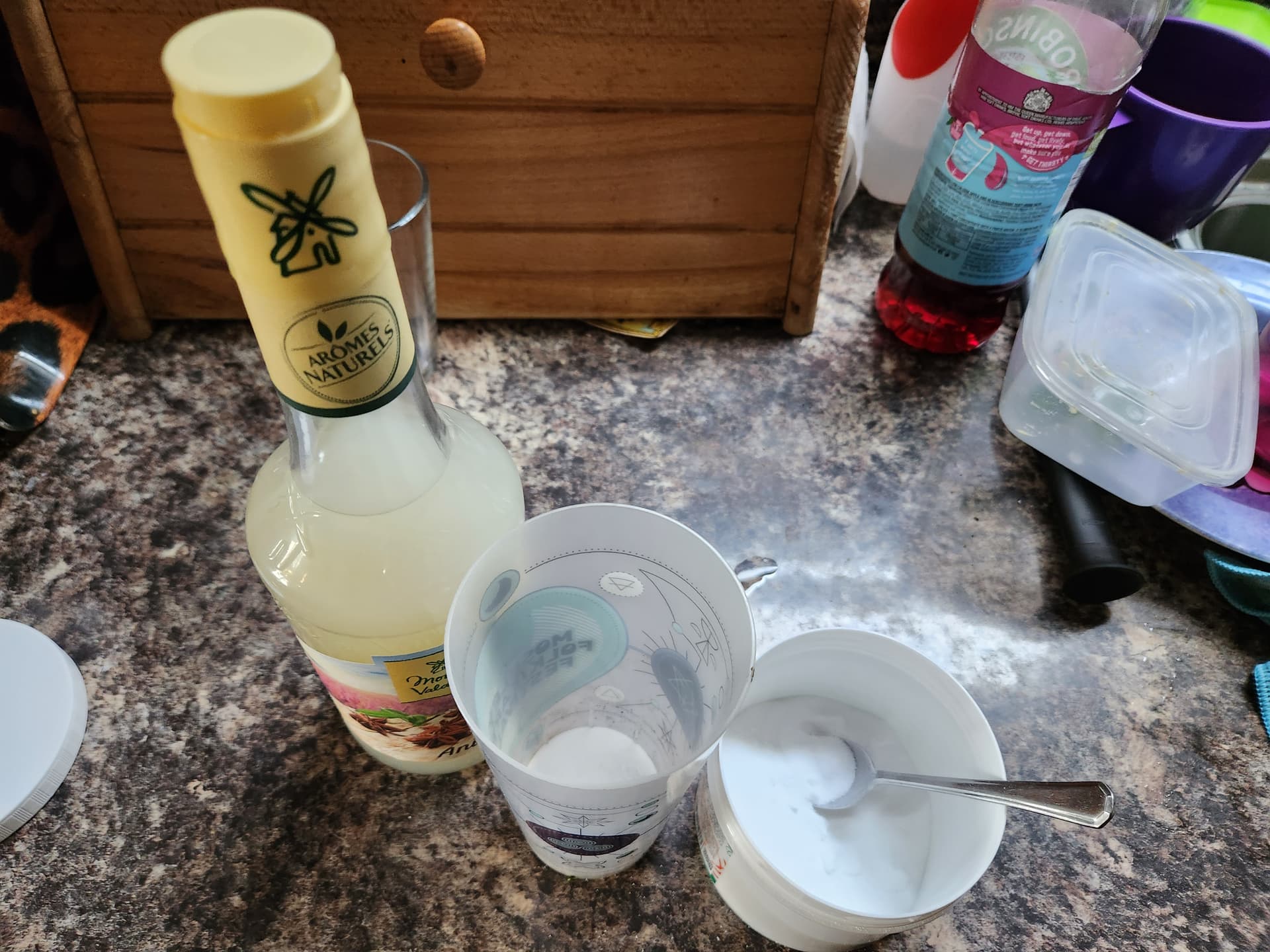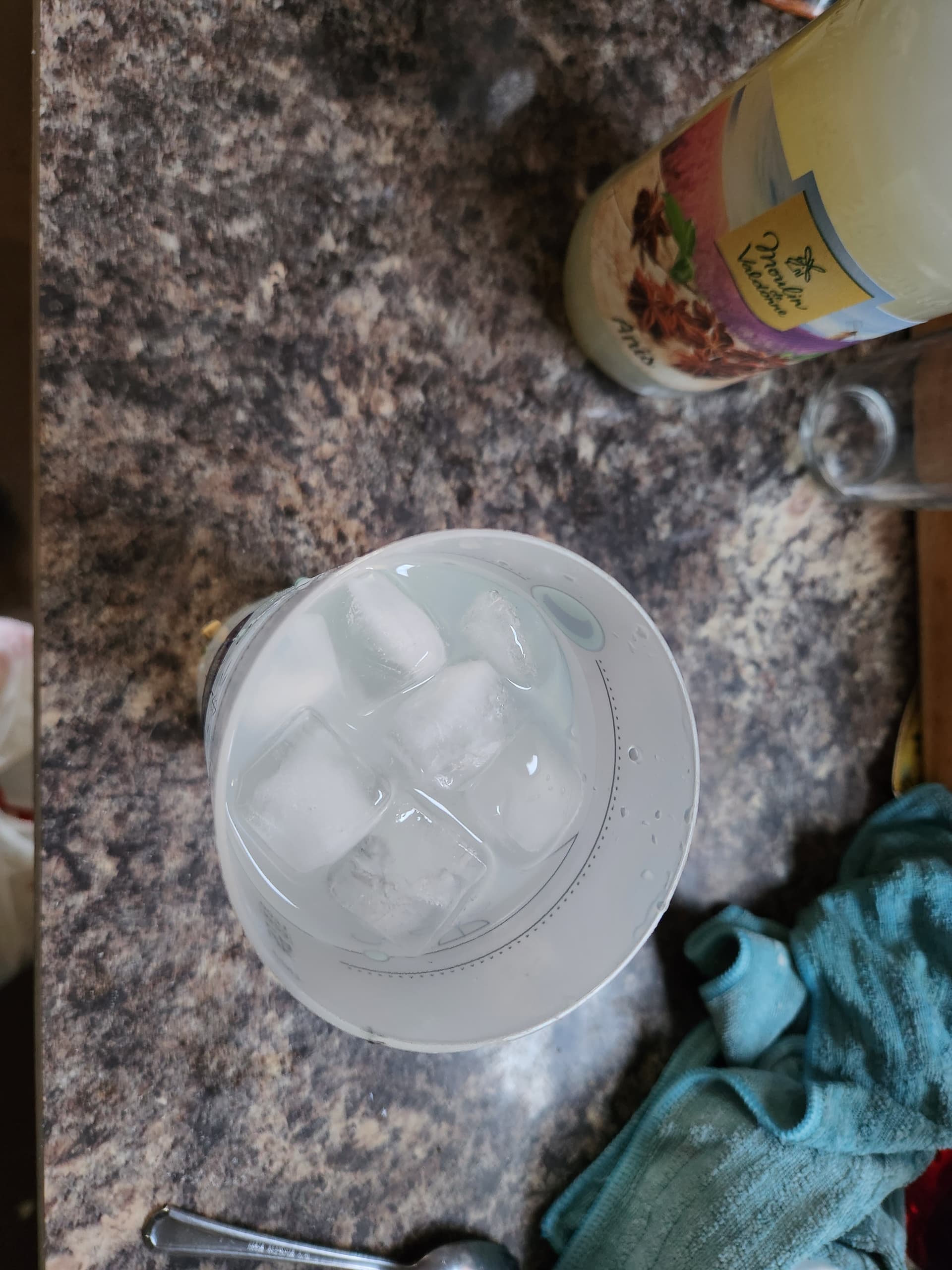Thank you. I’ll start planning for it now. 2g to start, spread throughout the day. Add some melatonin. The spreading part will be the hard bit.
Melatonin at night. I would not spread 2g. If you take 2g quantities at different times that is ok. There is a serum cytosol concentration gradient that needs to be sufficient.
Thanks. Good clarification. 2g citrate in AM. Add more at different time later as I build up. Melatonin if I wake up in middle of night (not what you said but my plan).
I haven’t been hitting the minimum effective dose of citrate but will starting soon.
Taking melatonin during the night is good. Watch the sleep cycles.
Doesn’t increased acetyl open up heterochromatin, which should ideally stay quiet? Heterochromatin DNA is also less likely to get damaged. Sure you increase gene expression with more acetyl…
I also raised some realistic concerns about increase citrate intake from the cancer side of things. Personally, I don’t have any reason to even consider citrate intake, actually I switched my magnesium from Mg Citrate to Mg Gluconate for the very reason of inhibiting it.
I responded to this on the other thread.
The acetylation of the histone with acetyl-CoA is needed for genes to be transcribed into mRNA. Without that they don’t function. That is IMO one of the core pathways of the aging phenotype. (failed transcription which then results in methylation which then reduces either attempts to transcribe or the speed of transcription).
My guess is methylation probably slows down transcription which would reduce the numbers.
BRCA/fasting inhibits ACC1 (ACC1 turns on from citrate and is how citrate signals fed/overnutrition state). AMPK also inhibits ACC1. Citrate signals high-nutrition which is bad.
[see dayan goodenowe talk happening rn, he’s recording it]
I know citrate/INDY1 mutants were how one of morten’s grad students demonstrated increased survival in the case of a really weird gene knockout (not representative of most people).
John,
Please contact me off the forum - dr-frasers-office@grantfrasermd.com
I’m really interested in your thought process and protocol. The ability to learn from smart people who are keenly interested in this space is a bonus. I really like this forum. It is such an opportunity to expand my range of possible - but with careful evaluation of the evidence, risk and benefits.
Looking forward to hearing from you John. I’d like to see your protocol, and what the rationale is behind it, along with the evidence that made you select the things you did.
Regards,
Grant Fraser, M.D.
INDY is only expressed in limited tissues so if you knockout the gene you increase citrate in the other cells.
what did the trendline look like for those biomarks over, say last 3 years, for you?
Cystatin is now lower. CRP went down until an infection. Hba1c is affected by drinking (it lowers it). Actually 4.5% is probably a better result. It tends to move around a bit depending on how often i am drunk.
The issue about Acetyl-CoA mechanism is really interesting and complex. It feeds into acetylation, lipids and cholesterol as well as cytosolic ROS.
I would not claim to understand how each pathway is prioritised. However, when a gene starts being transcribed that is controlled by the transcription factors. Hence a cell can have a considerable need for acetyl-CoA or a lesser need.
I accept that nutrient control is important, but that is because it affects autophagy and mitochondrial efficiency.
AIUI The mitochondria process in cycles where first they produce ATP and then they produce citrate through SLC25A1. If they are not producing enough energy then also there is not enough citrate. That, therefore, affects transcription rates and as a consequence also methylation.
Similarly the cytokine that causes stem cells to fail to differentiate is in fact an officially “anti-inflammatory” one being IL-10. This reduces NF kappa B which reduces SLC25A1 and hence the citrate remains stuck in the mitochondria.
From an evolutionary perspecfive little of this matters because (disposable soma) the creature has already reproduced.
You could ask from an evolutionary perspective why is there a high concentration of citrate in seminal fluid?
Nature Published a comment from me (which was moderated) that critiques a paper about citrate transport here:
Regular Physical Activity Linked to Larger Brain Volume
Megan Brooks | December 28, 2023
TOPLINE:
Regular moderate to vigorous physical activity predicts larger brain size in key regions, including gray and white matter and the hippocampus, new data suggest.
METHODOLOGY:
- The potential neuroprotective effects of regular physical activity on brain structure are unclear despite reported links between physical activity and reduced dementia risk.
- To investigate, researchers analyzed MRI brain scans from 10,125 healthy adults (mean age, 53 years; 52% male) who self-reported their level of physical activity.
- Moderate to vigorous physical activities, defined as those increasing respiration and pulse rate for at least 10 continuous minutes, was modeled with brain volumes, adjusting for covariates.
- The threshold for defining physically active (vs nonactive) adults was intentionally set at 2.5 days per week, a level far lower than current guidelines.
TAKEAWAY:
- Three quarters of the cohort reported engaging in moderate to vigorous physical activity approximately 4 days per week.
- Physically active adults tended to be younger, with a higher proportion of White individuals, and with lower rates of hypertension and type 2 diabetes.
- After adjusting for multiple factors, increased days of moderate to vigorous activity correlated with larger normalized brain volume in multiple regions including total gray matter; white matter; hippocampus; and frontal, parietal, and occipital lobes.
I have emailed. My email address is john@hemming.email
@John_Hemming I’m above the 2g MED but I can’t tell by how much. I can’t figure out how much citrate is in each compound.
5g calcium citrate
200mg potassium citrate (worried about too much potassium)
5g magnesium citrate
I don’t want sodium. How do you get 20g of citrate per day?
I mix from the powders, but the majority is sodium. If you increase the others withilut sodium you may his max doses of the cations.
I buy the original chemicals so i know the precise chemical formula.
Preparing a citrate drink:
This may be naive question, so apologies if its been covered already. But what’s everybody’s thinking on the use of mct oil to boost Acetyl-CoA?
I remember that 15 years ago, everyone in silicon valley was having a bullet proof coffee for breakfast.
“However, MCTs rapidly cross the mitochondrial membrane and enter metabolic pathways to be beta-oxidized, producing a larger amount of acetyl-CoA than carbohydrates (CHOs).1”
The Effects of Medium-Chain Triglyceride Oil Supplementation on Endurance Performance and Substrate Utilization in Healthy Populations: A Systematic Review - PMC.
That is in the mitochondria, I am more focussed on cytosolic (nucleosolic really).

